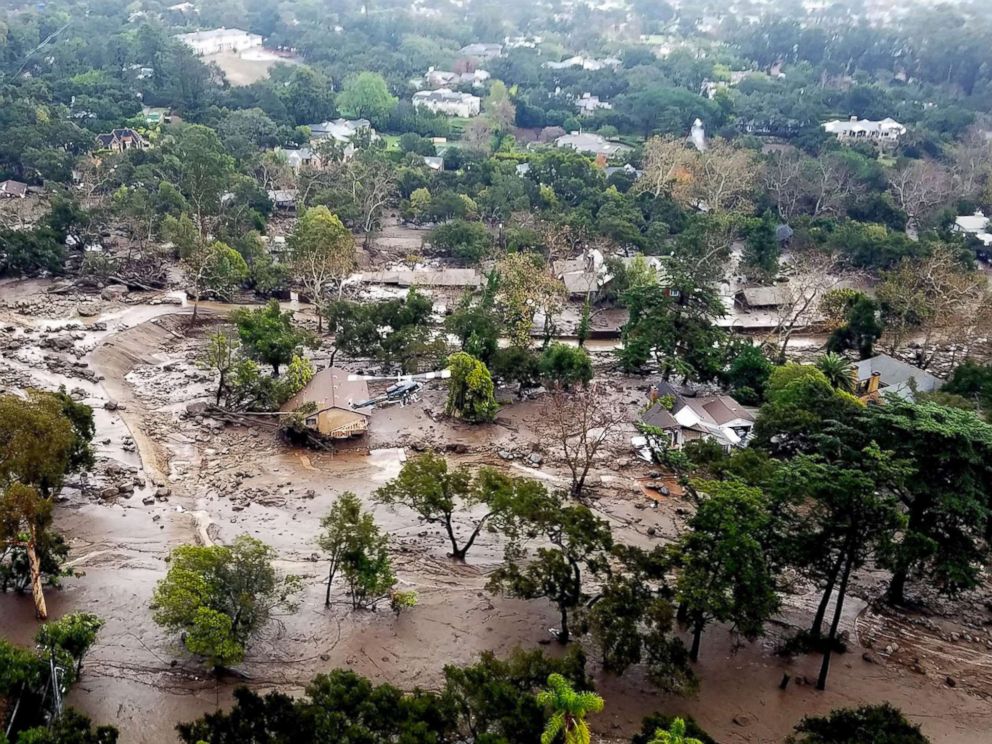
Here is an excerpt from the article “The Montecito mudslide is a tragic reminder to respect our soil,” by Eleanor Cummins, in Popular Science:
Geoengineers are similarly skeptical of whether mudslide prevention will ever truly be possible. James Hambleton, a professor of civil and environmental engineering at Northwestern University, says that saying no to potential solutions is “not in his DNA,” but also thinks that the best bet for people living in mudslide-prone areas is to move.
As climate change makes extreme weather increasingly commonplace, Hambleton is unconvinced that existing infrastructure will be enough. Some cities have special dams that channel flowing mud like a city-sized gutter, but those only work for very particlar topography. And piecemeal projects to improve natural drainage are essential, but aren’t always helpful on hills the size of those in Montecito. “It’s a very difficult thing to internalize and far be it from me to tell one person they should move out of this area,” he says. “But at the civilization level, we shouldn’t be in these areas.”
And if people won’t move? Well, Hambleton thinks the best hope would be to turn them into citizen scientists. If everyone had their own rain gauges and were contributing data to our scientific understanding of their area’s own microclimate, he thinks it may be possible to eventually create a mudslide warning system. “That’s almost the only way to know,” he says of a rain gauge. “You can see, whoop! We’re getting a lot of rain, high intensity, high flow in this area.” He thinks it could people just enough time to get out of the way. “Not hours, certainly not days,” he says. “It’d be minutes.”
Additional links: